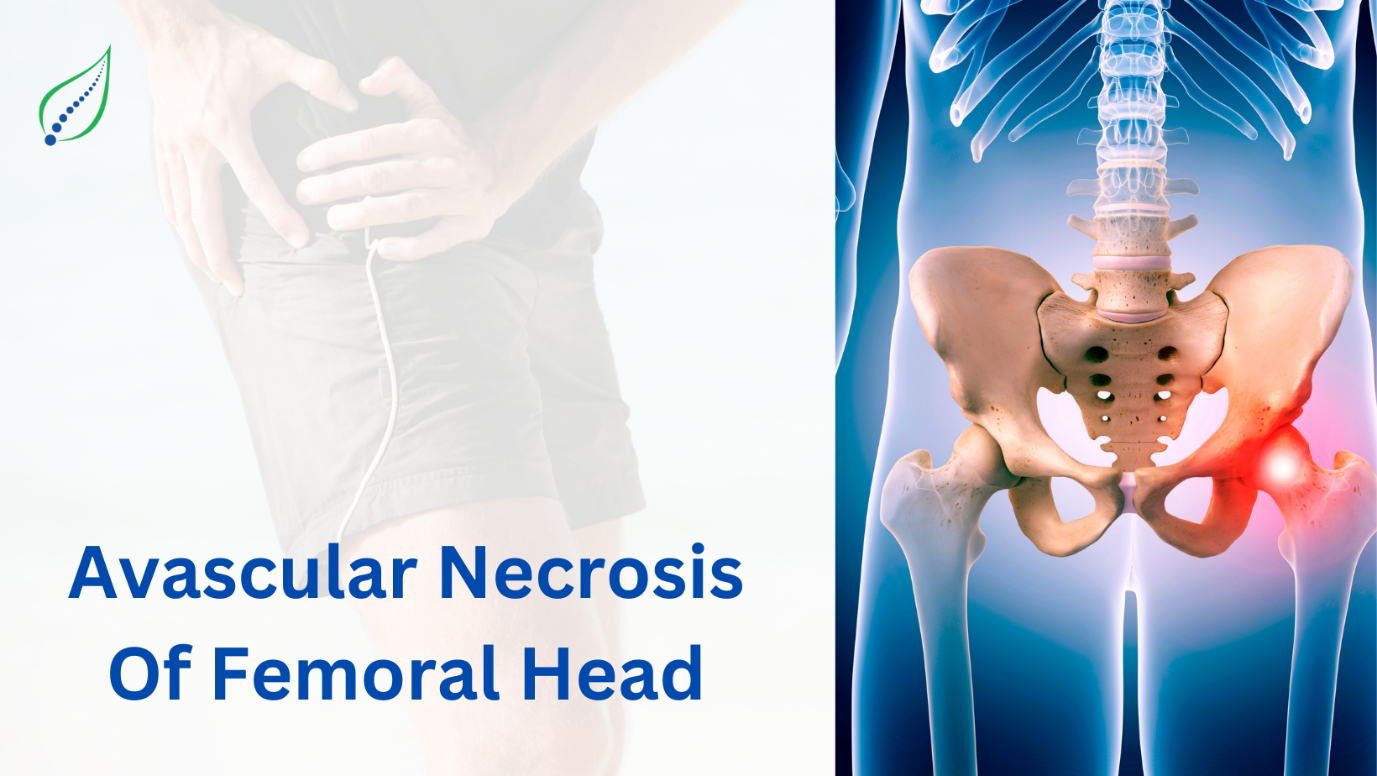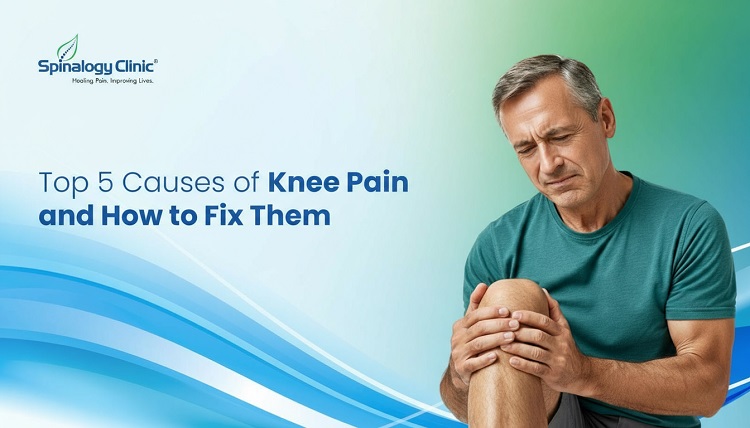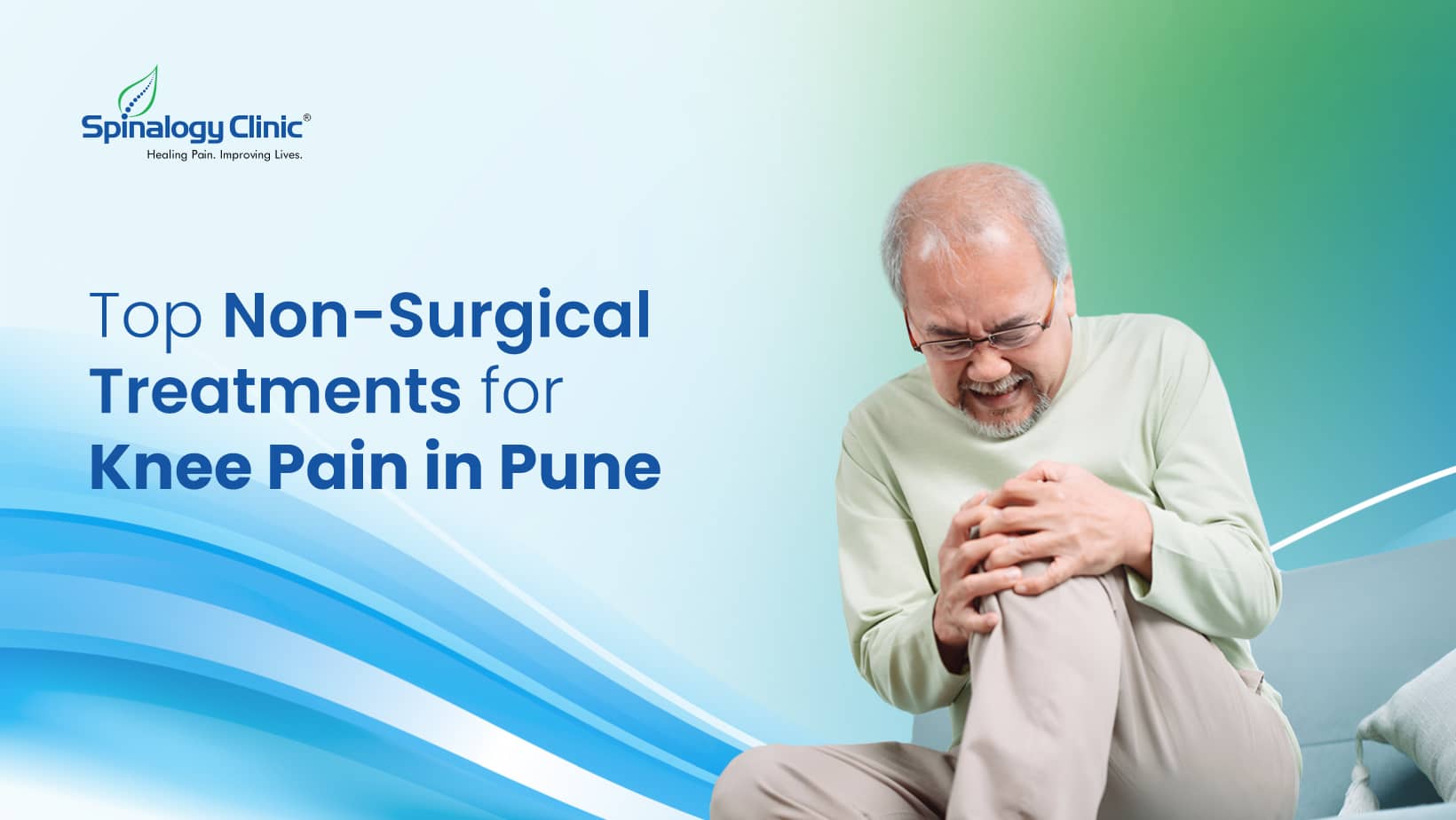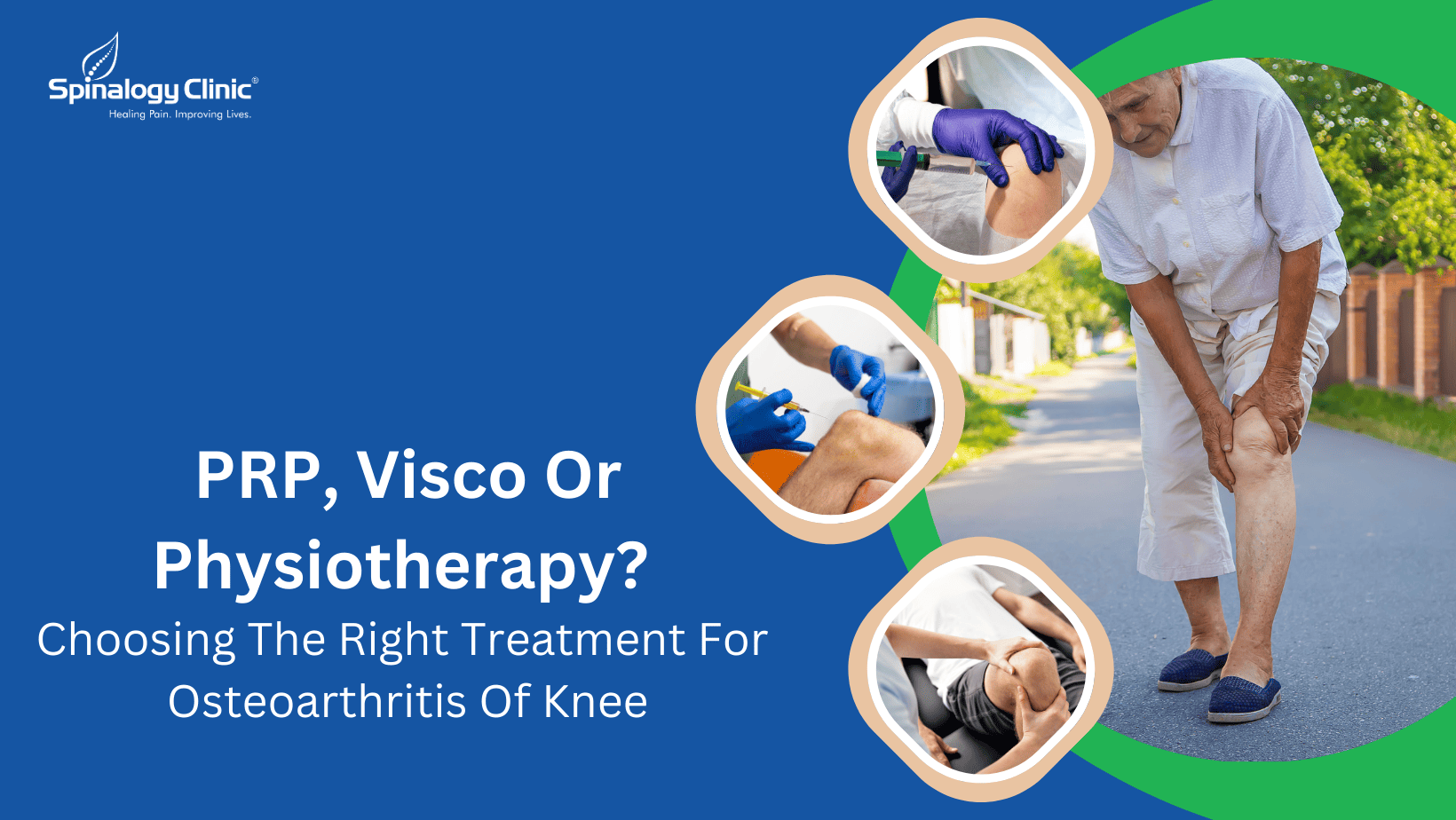Avascular Necrosis Of Femoral Head
AVN is other wise called as osteonecrosis of femoral head where there is loss of blood supply leading to death of cellular components of the bone next to an interruption of the subchondral blood supply. AVN generally affects the epiphysis of long bones at weight-bearing joints. In advanced stage subchondral bone is collapsed which in turn damages stability of the joint. Males are most affected than females.
PATHOPHYSIOLOGY
The femoral head is supplied by circumflex artery, any damage to this artery lead to death of cells with in bony matrix. The process of repairing starts and weakens sub chondral bone, leading to bony collapse and eventual degenerative changes within joint.
AVN happens also due to intravascular coagulation, coagulation of the intraosseous microcirculation causes venous thrombosis which in turn lead to arterial occlusion, causing increased pressure within the bone leading to reduced blood flow to femoral head and death of cells. Once cells die, reparative process begins and results in bony collapse and arthritic changes.
Etiology
- Joint or bone trauma- Fracture, bone dislocation
Non- traumatic-
- Heavy drinking
- Steroid abuse
- Hyper lipidemia
- Gluco corticoid intake along with alcohol
- Cigarette smoking-due to change in nitric oxide bioavailability, leads to increased oxidative stress and endothelial dysfunction.
- obesity
- Sickle cell anemia or systemic lupus erythematous
CLINICAL PRESENTATION
- Pain
- Reduced ROM in affected joint
- As condition progress the hip joint becomes stiff, visible gait changes
- Limping along with pain in Buttock, groin, thigh.
Diagnosis
- Objective examination through knowing the possible risk factors
- MRI is good mode for early diagnosis
- Standard radiographs help in diagnosing advancing stages of AVN
NON- SURGICAL MANAGEMENT
- Anticoagulants, Statins, Vasodilators are effective in delaying joint degeneration and early AVN
- Bisphosphonates on early AVN inhibit osteoclastic activity preventing sub chondral collapse.
- BMAC Injection – Bone marrow aspirate concentrate can be injected in affected joint for pain relief.
- Physiotherapy - To maintain hip mobility -
- Passive and Active exercises are initiated and contains passive movements of hip and stretching exercises
- Active exercises include three-dimensional motion of hip joint which are given in Sitting, standing, and lying positions.
- To improve functionally endurance and coordination training is more important; Endurance training include walking, cycling, treadmill.
- To improve Coordination walking with increased complexity and balance exercises are given.
- In order to avoid limping gait training with or without crutches is helpful
- Mobilization and Muscle energy techniques are further helpful in enhancing ROM and relieving tightness in muscles.




